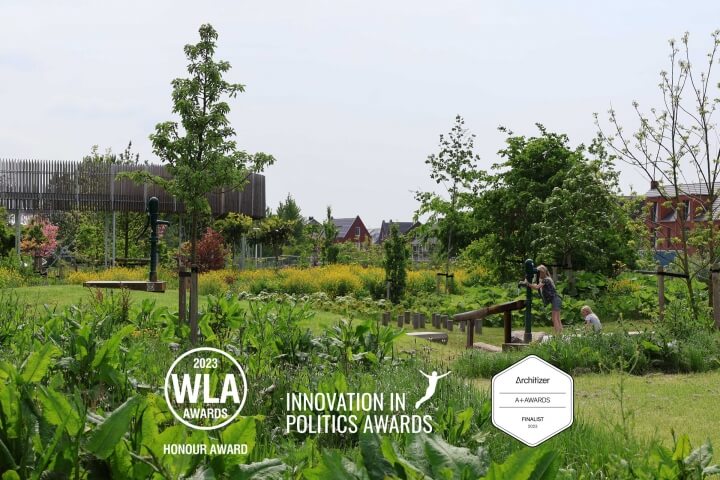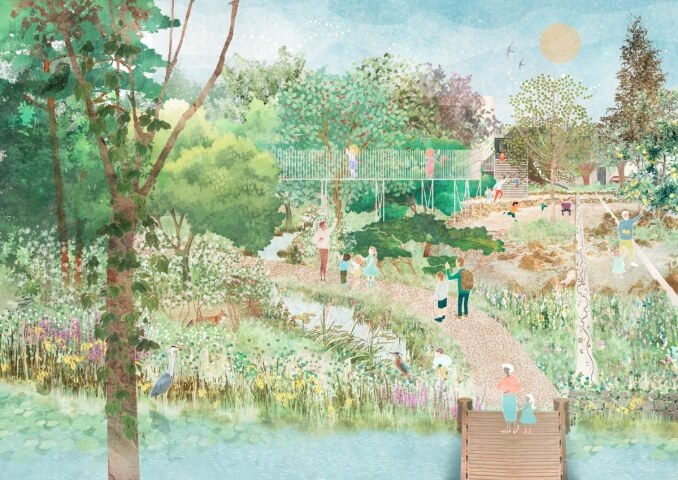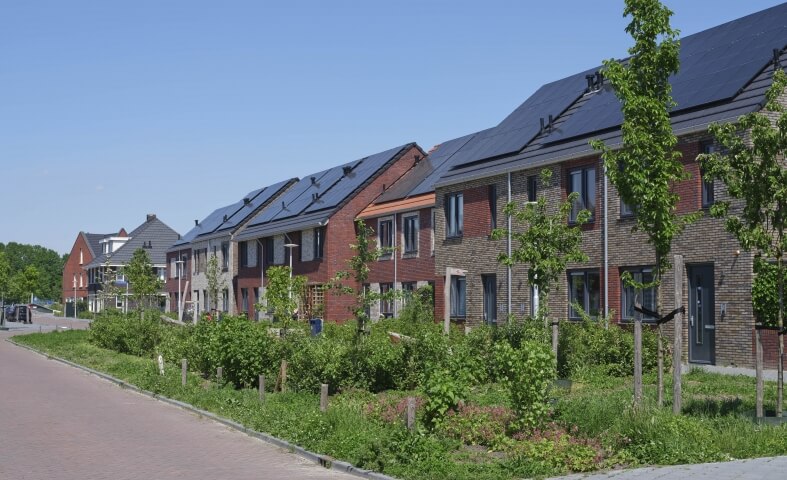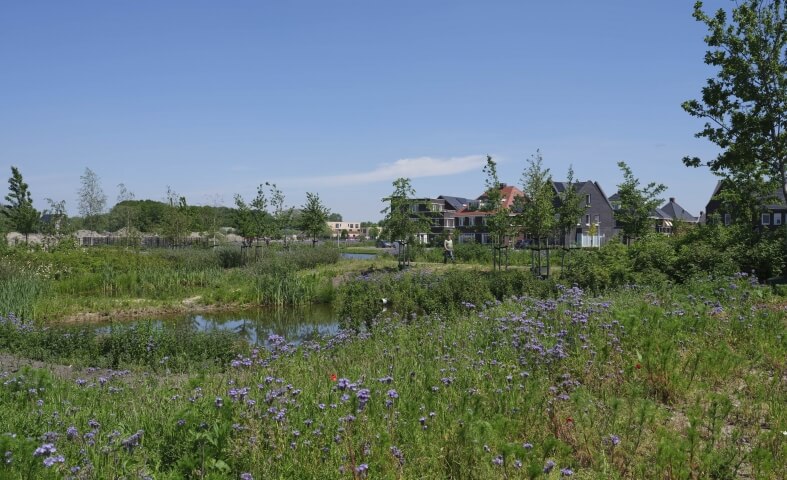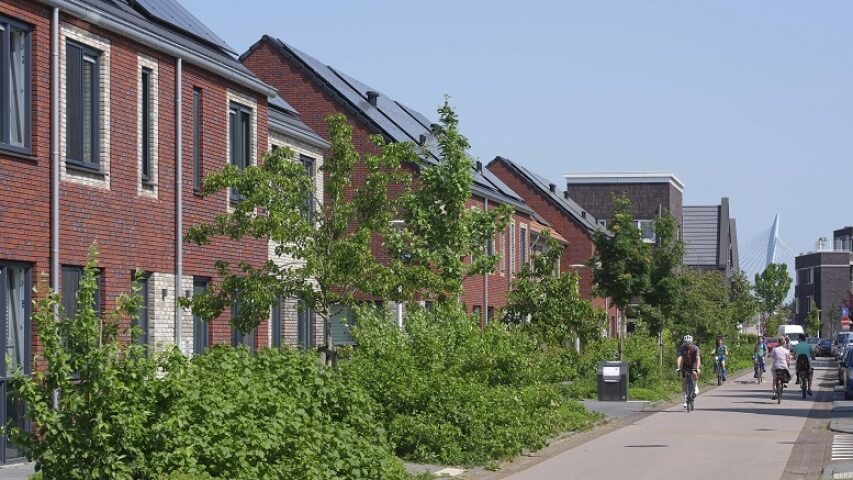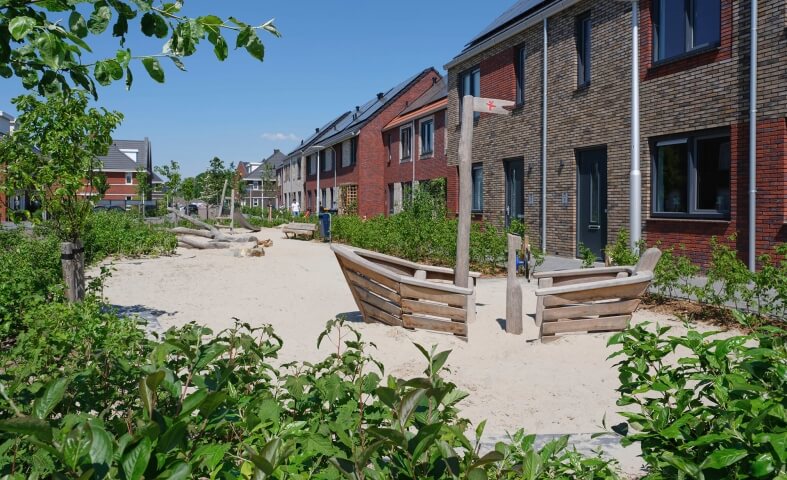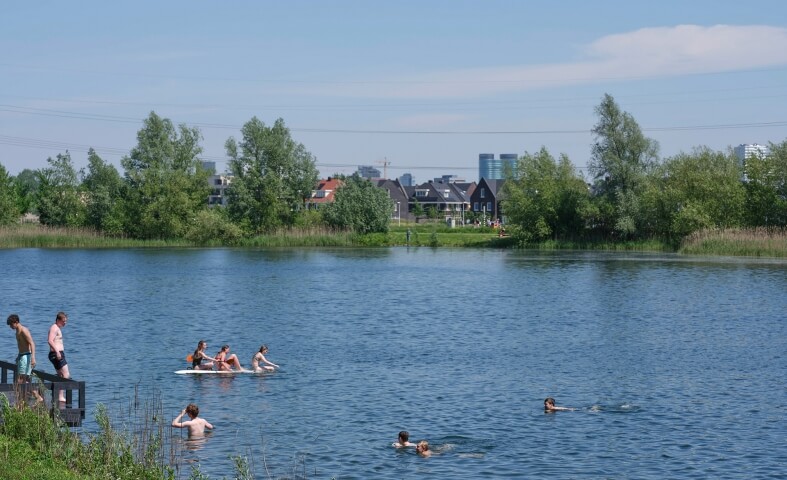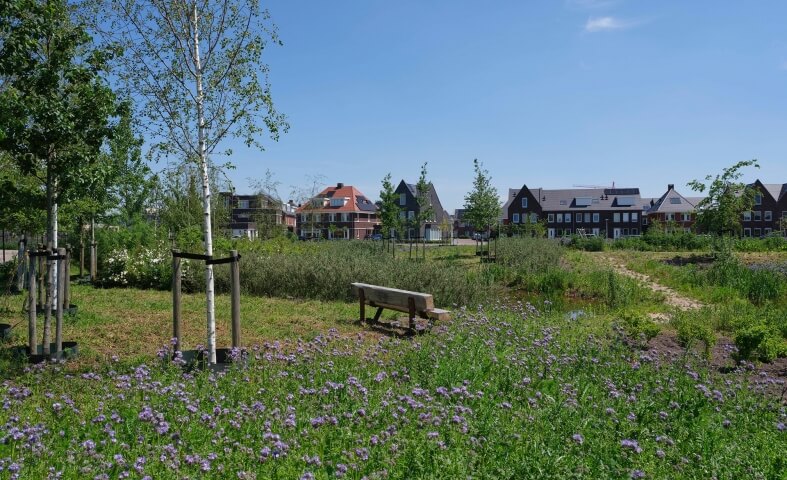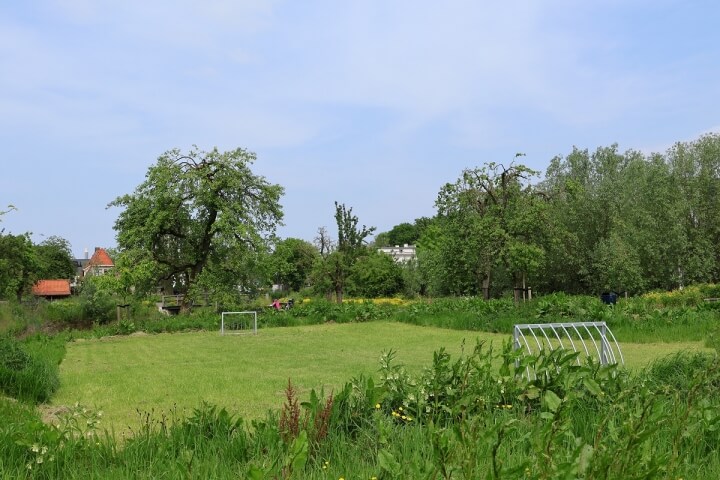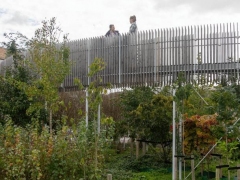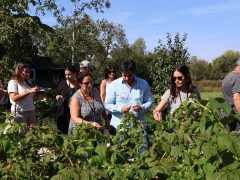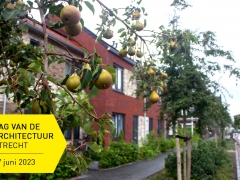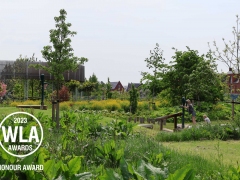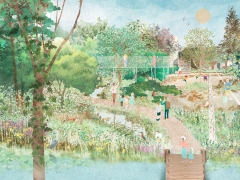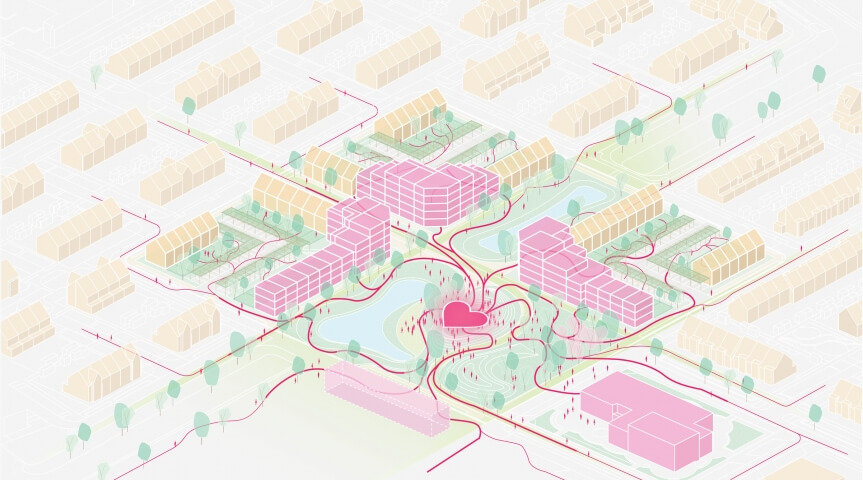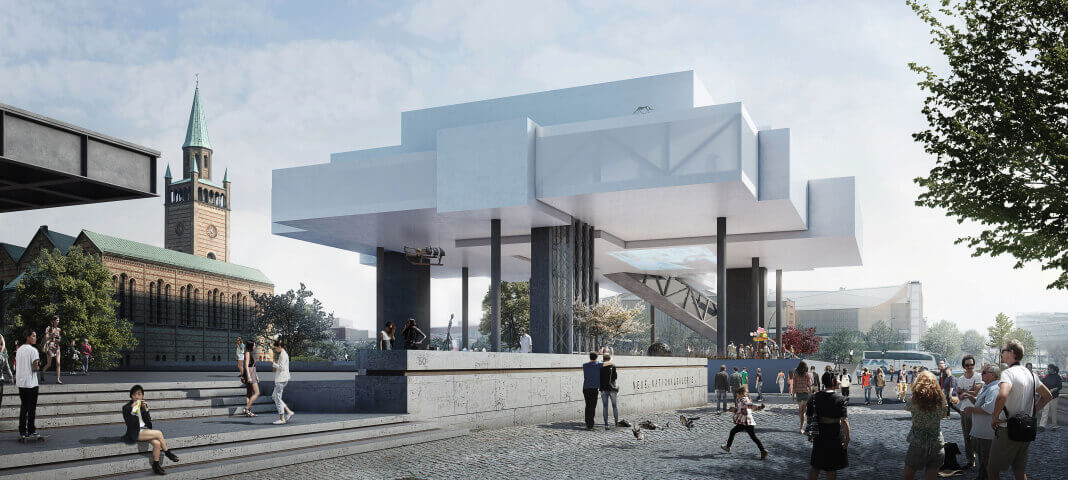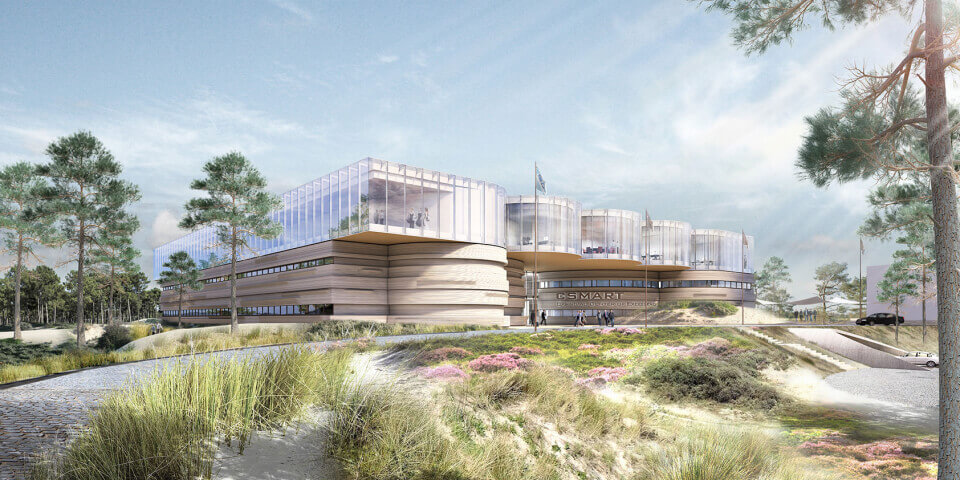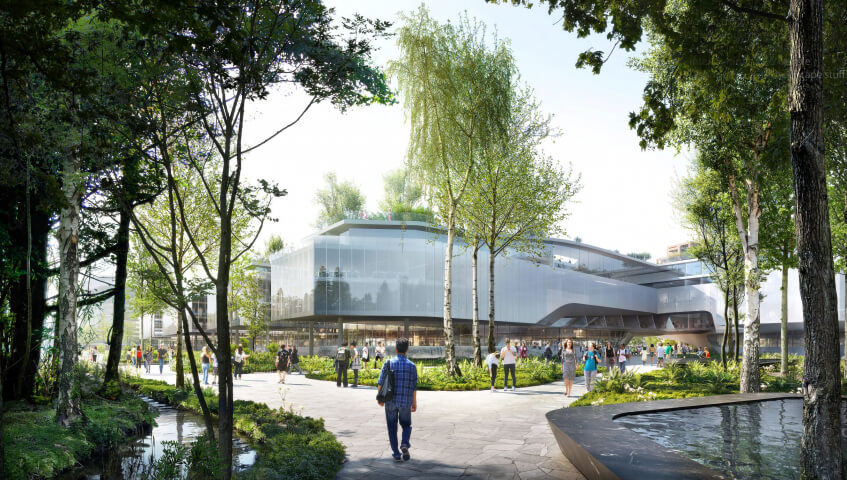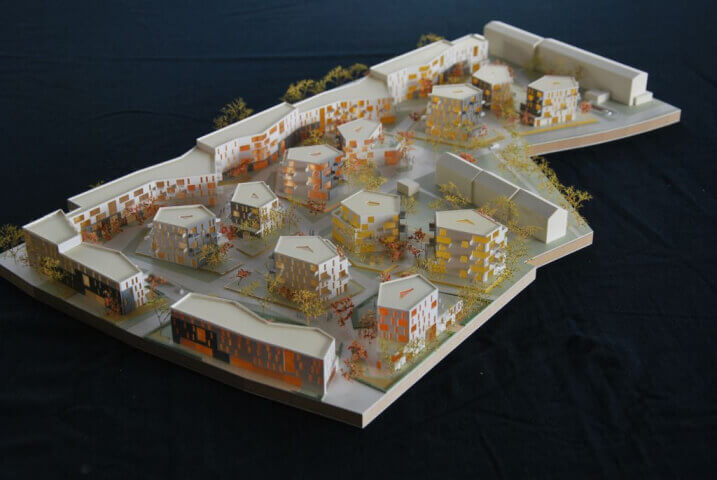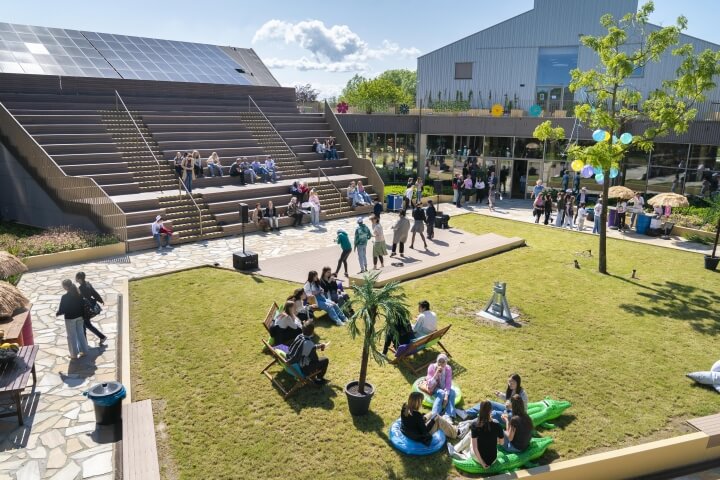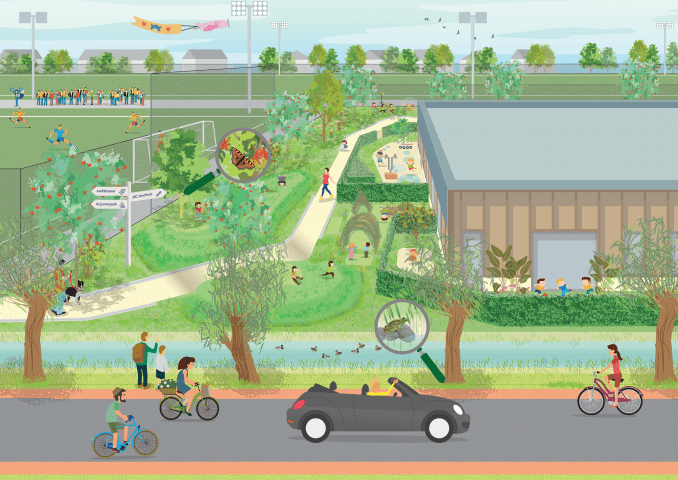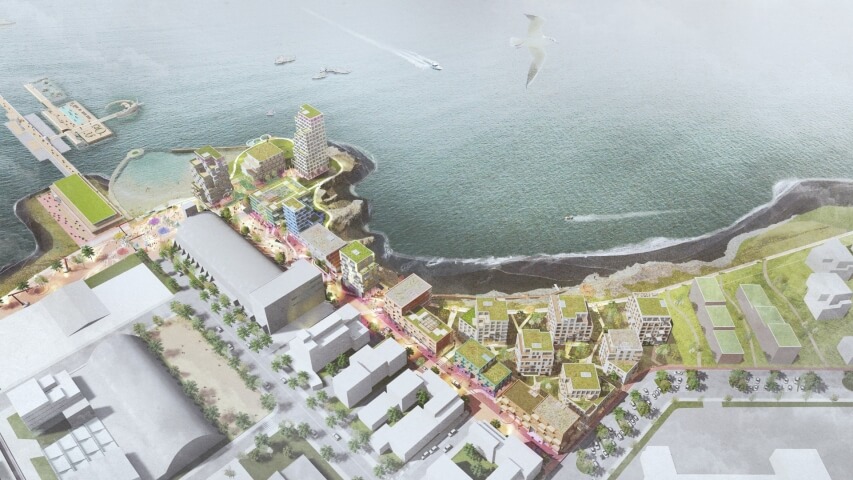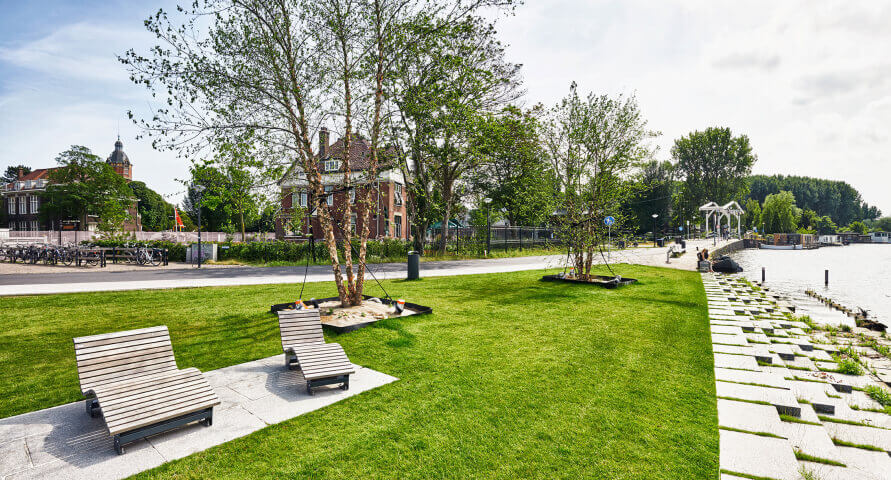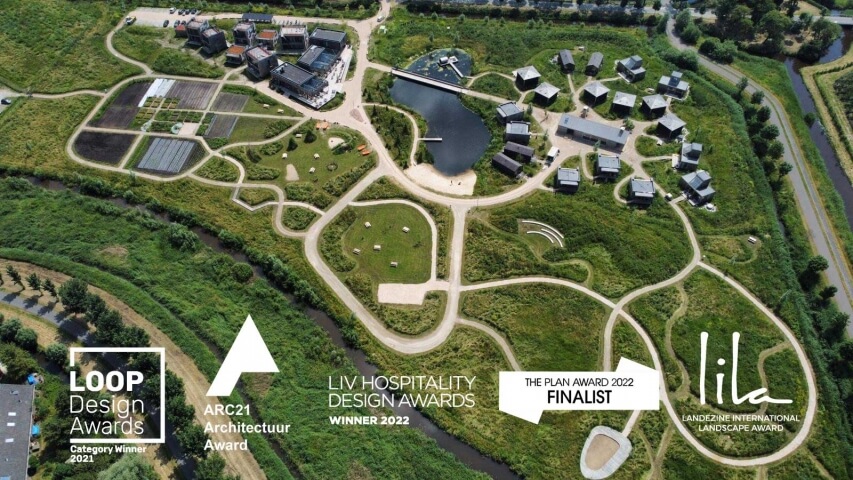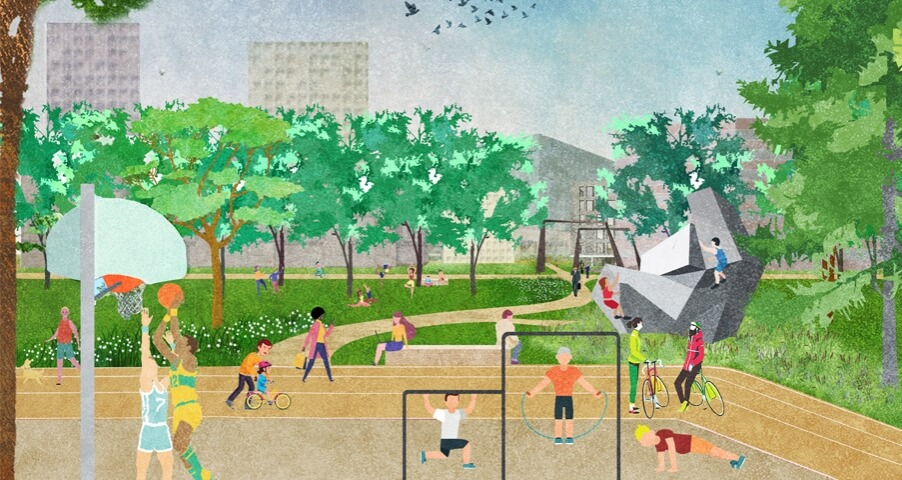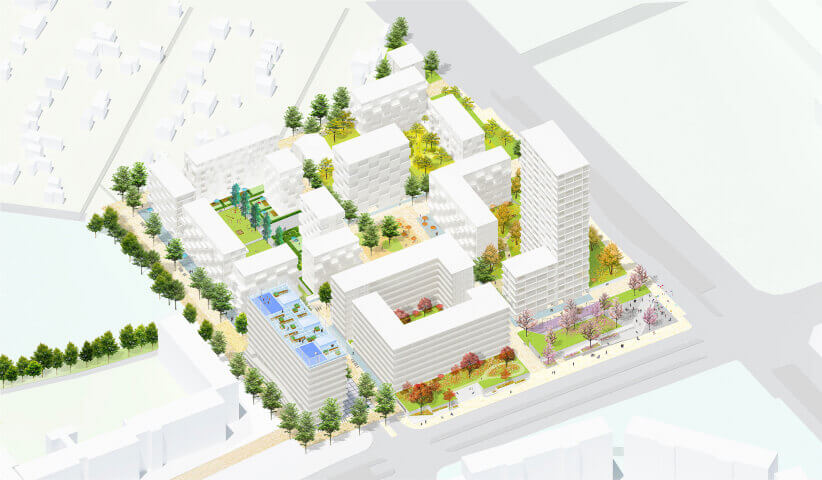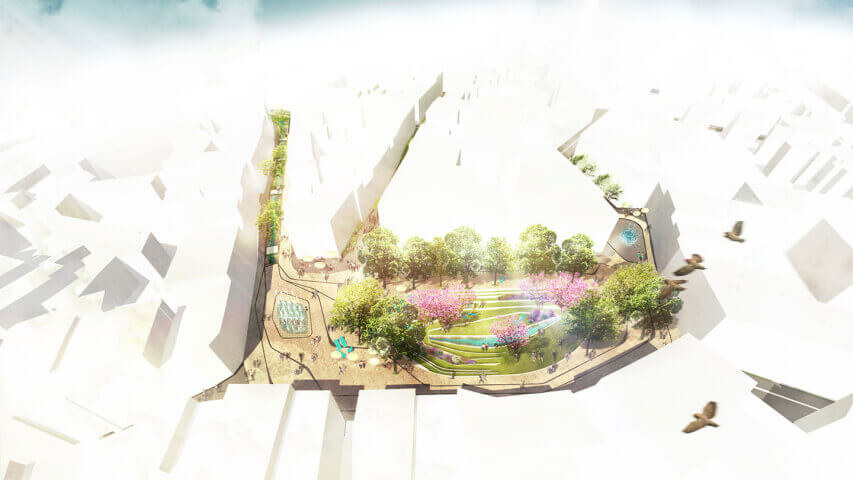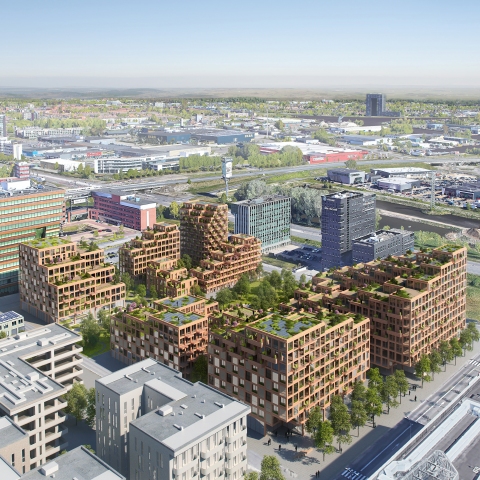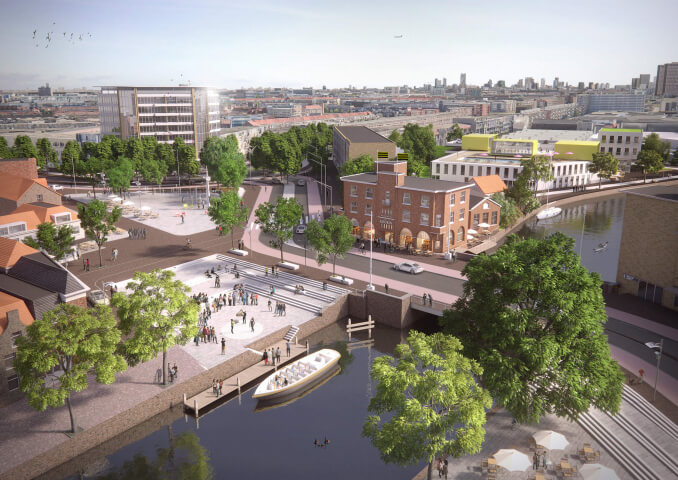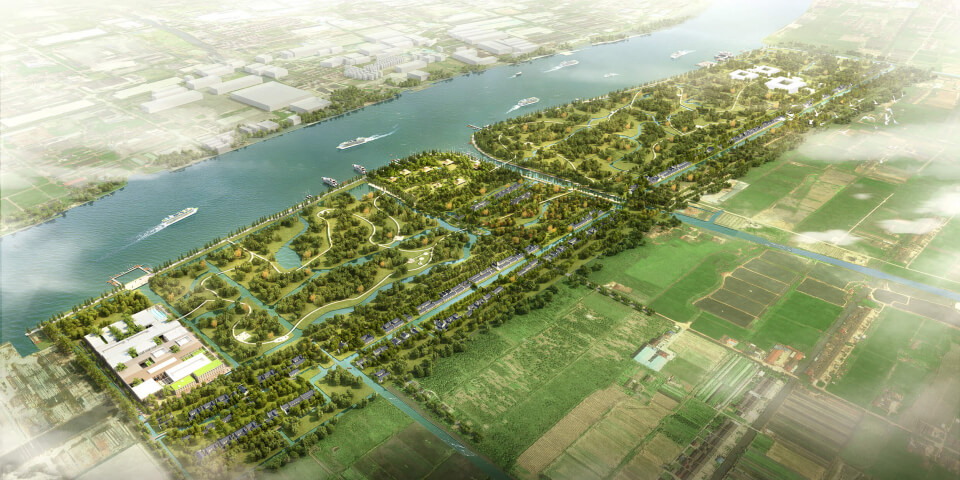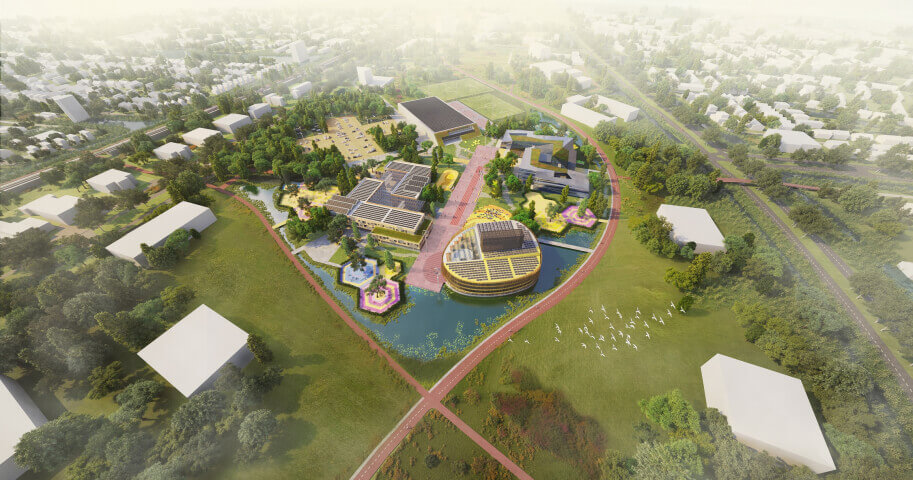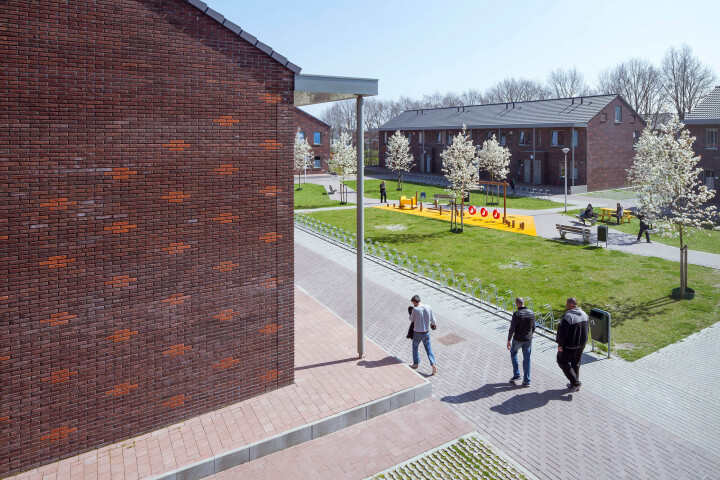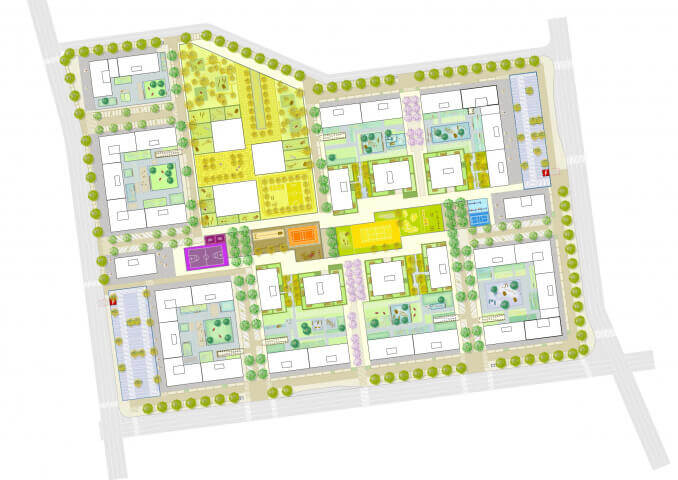Rijnvliet, Edible Neighborhood
Urban Food Forest Rijnvliet, Utrecht
Rijnvliet is a new residential area in Utrecht. It is part of the Leidsche Rijn expansion area that provides 1000 new ground-based dwellings. The masterplan is developed by DeZwarteHond. Felixx designed the public space in the area as an edible, educative landscape. The layout is based on the principles of food forestry and developed in collaboration with residents and Æ – Food Forestry Development.
slider
Participatory Co-design
Utrecht municipality aims to achieve a healthy future for the city by providing high-quality public green space. When neighbors and residents proposed an urban food forest for Rijnvliet, the municipality embraced their grassroot initiative and included it in the design phases. Together with the municipality, a special concept for the public space has been developed: all the greenery is edible for humans, or animals, and there will be a central food forest.
Today the public space of Rijnvliet consists of a 15ha food forest with more than a thousand (fruit) trees and 220 different (sub)species of edible plants, herbs & shrubs. The entire district is embedded within a productive landscape, integrating three values: food production, usage and nature.
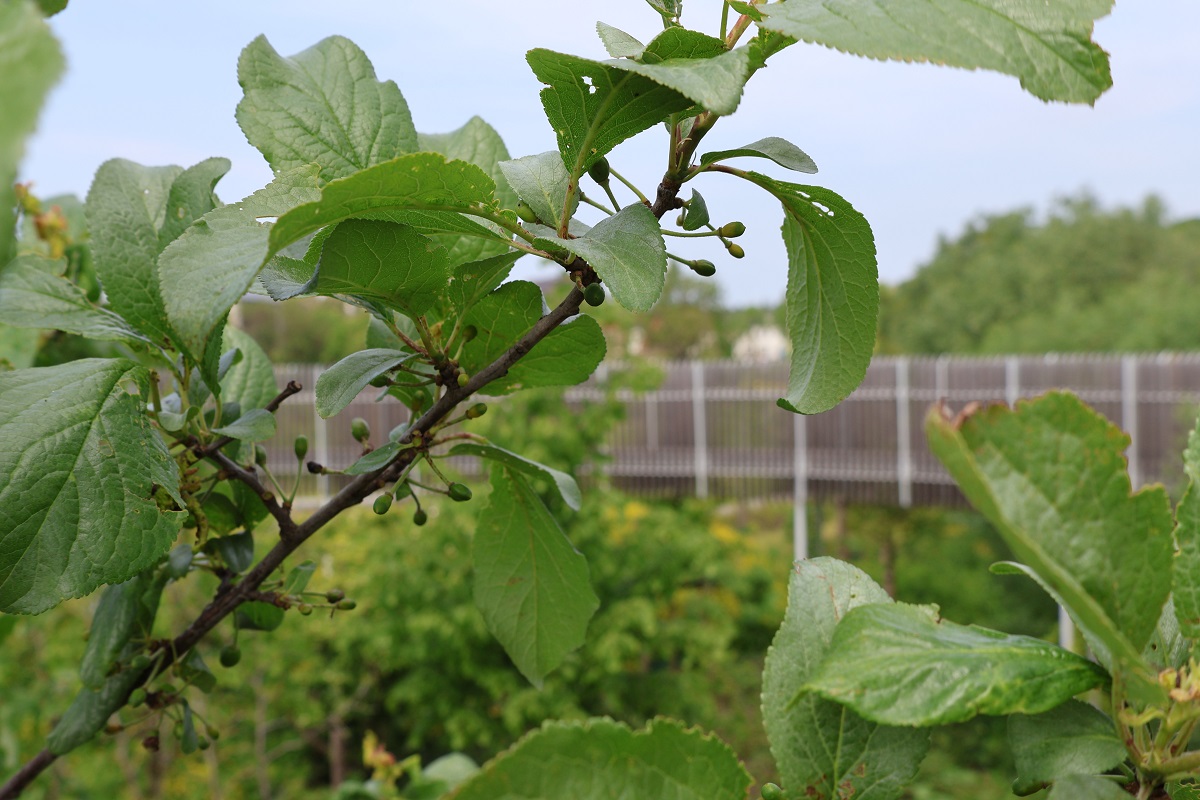
" alt="" />
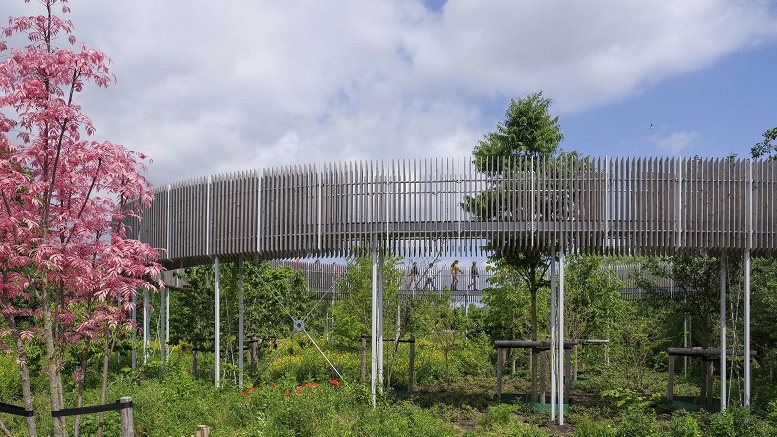
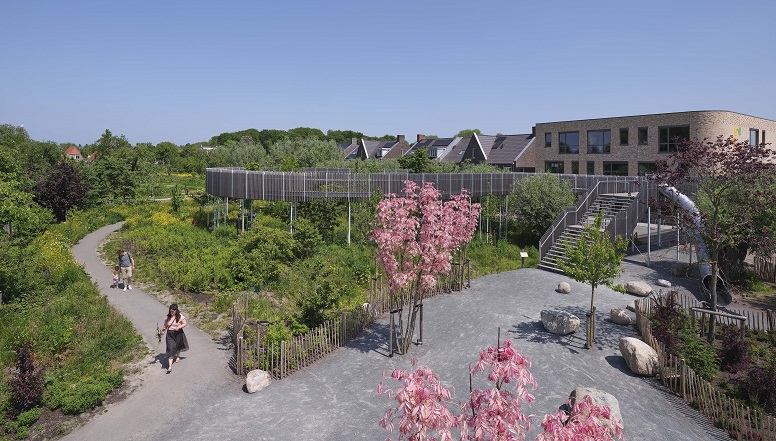
Seven layers of the Food Forest
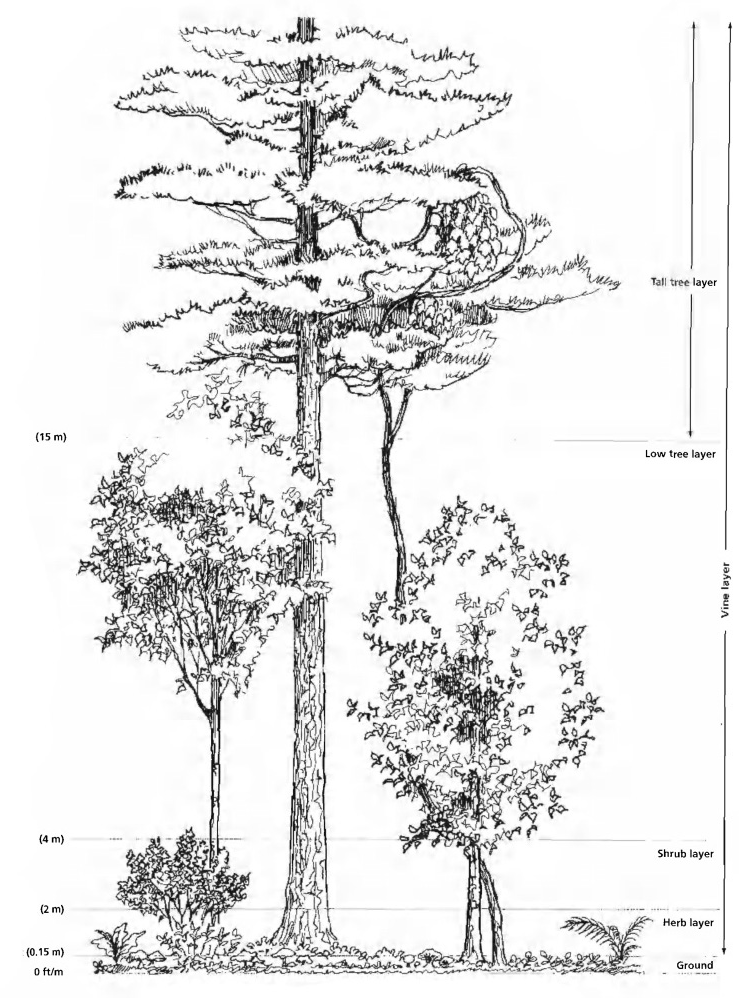
The realms are built up with multiple layers of plants, together forming an integrated ecosystem. The different vegetation types and species attract insects and organisms that enforce each other. There are seven layers:
- The canopy, consisting of original and planted large trees.
- Low trees, consisting of smaller trees or half-standards.
- Shrub layer of fruit and berry bushes.
- Herb layer of multiannual vegetables and herbs.
- Soil covers, a layer of plants that spread horizontally.
- Underground layer of plants that produce roots or tubers.
- Climbers, a vertical layer of climbing plants.
Besides to recreational benefits, the 15ha food forest enhances the ecosystem services of the area, including water management, heat reduction and air purification. The abundant green and blue spaces are harmoniously blended with the built environment. The quality of life is enhanced by providing a rich human experience, high biodiversity and extensive habitat for birds, bats and other species.
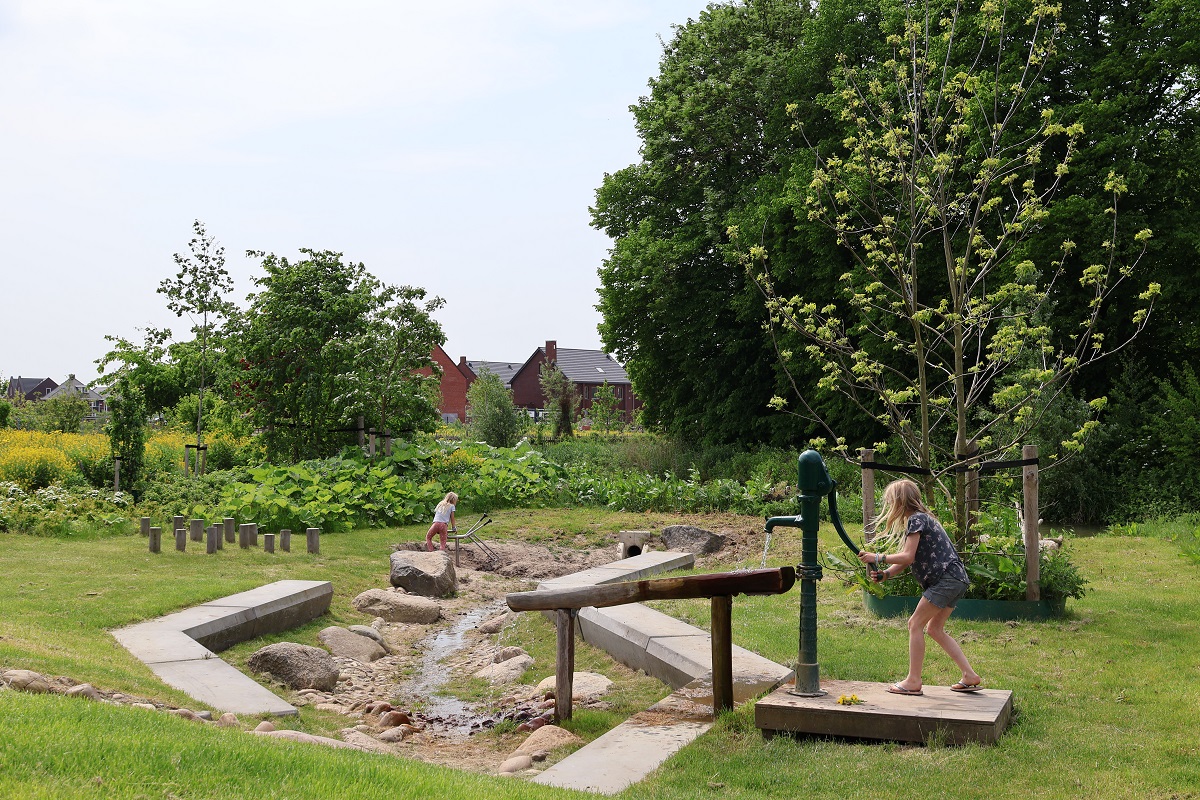
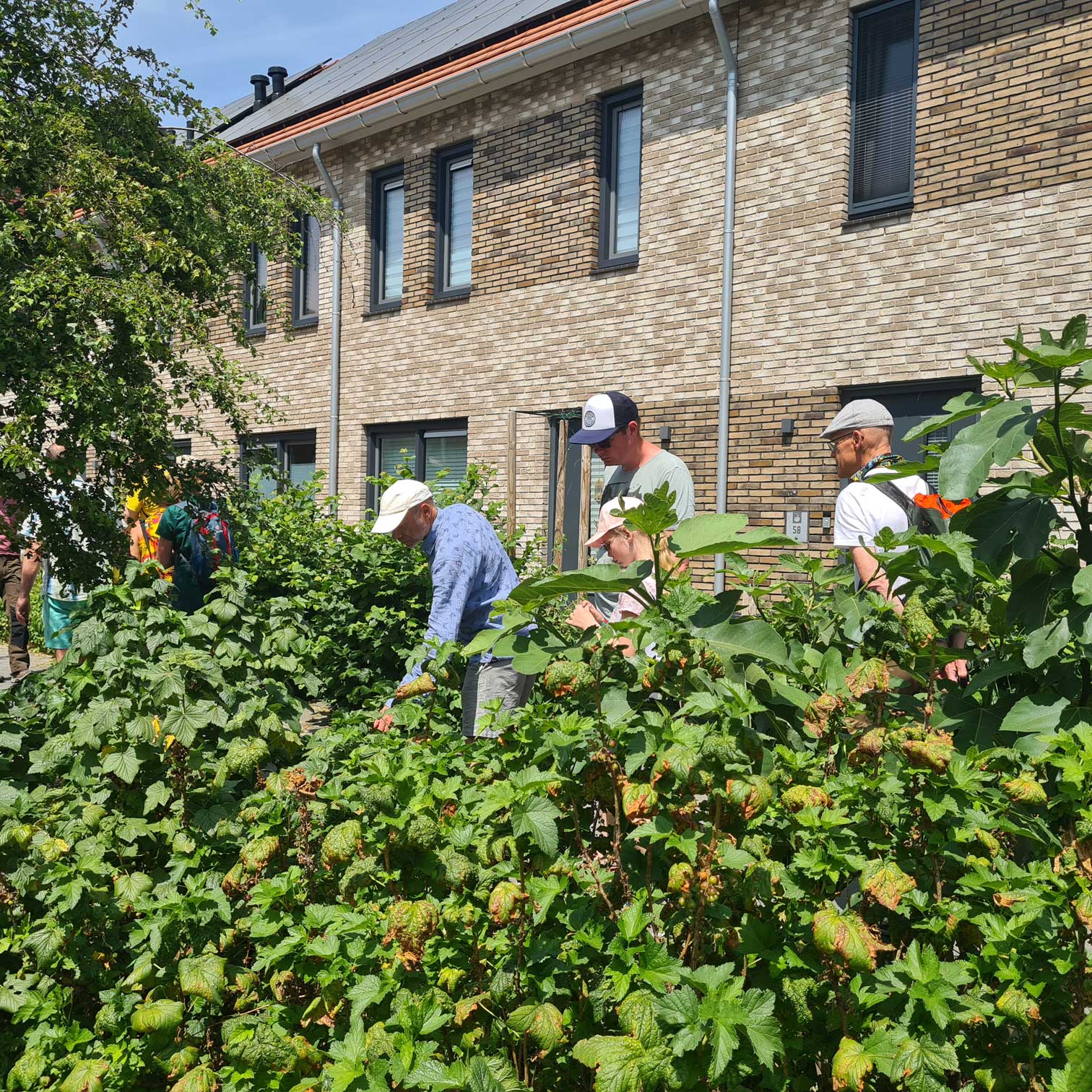
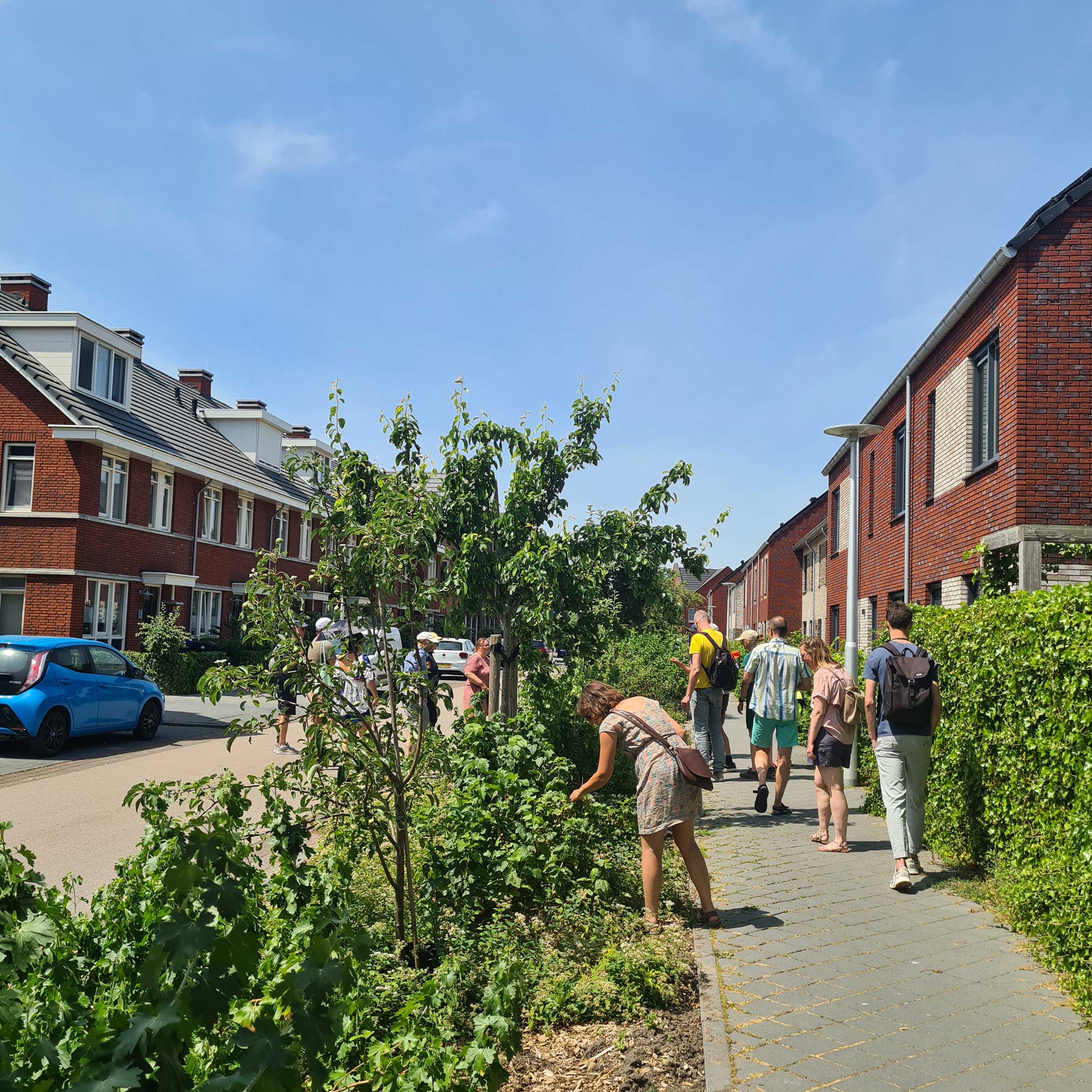
Neighborhood excursion on the National Architecture Day - June 2023
tree map
If you want to know more about the types of trees that can be found in the neighborhood, have a look at the Tree Map. It shows you where to find all edible trees, what you can eat from them and when you can harvest.

Innovation
Rijnvliet, Edible Neighborhood in Utrecht has won a special international prize; the Innovation in Politics Award 2021. A public jury of European citizens praised the cooperation between the neighborhood and the municipality and awarded the first prize in the category 'ecology' to the municipality of Utrecht.
Year
2017 - Current
Location
Utrecht, The Netherlands
Type
Landscape, Public Space
Client
Municipality of Utrecht
Size
15 ha
Awards
2023 Dame Sylvia Crowe International [Winner]
2023 LOOP Design Awards [Winner]
2023 Landscape institute Award [Finalist]
2023 WLA Honour Award [winner]
2023 A+ Award [finalist]
2021 Innovation in Politics Award [winner]
Publications
Planur-e
GRAS
NRC
FRAMEweb
Bomenkaart
World Landscape Architect
AD.nl
CG Concept
City Deal
Leidsche Rijn Hogeschool Utrecht
Leidsche Rijn maken we samen
Leidsche-Rijn
Metaal Kathedraal
RTV Utrecht
Regio Leidsche Rijn
Straatbeeld
Gemeente Utrecht
Team & partners
Michiel Van Driessche
Marnix Vink
Deborah Lambert
Fieke Damen
Robert-Jan van der Linden
DeZwarteHond
Xavier San Giorgi – Æ Food Forestry Development


